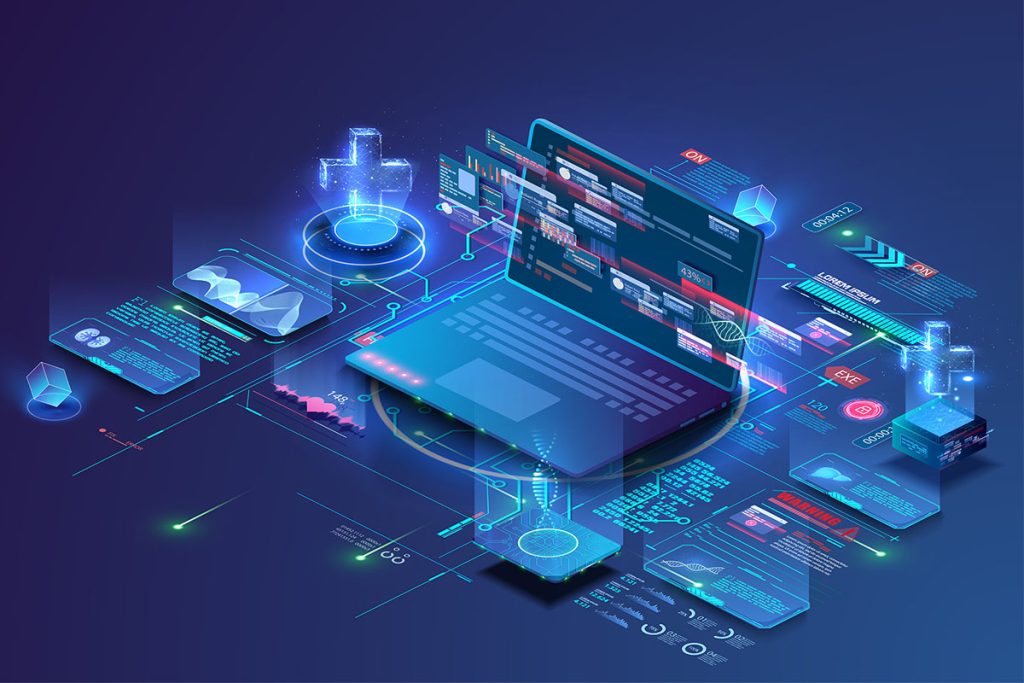Web design involves creating the visual layout, user interface (UI), and user experience (UX) of a website. It focuses on how users interact with the website, ensuring it is aesthetically pleasing, easy to navigate, and functional. This process includes planning, conceptualizing, and implementing the design to achieve specific goals and target audiences.
-
-
User Experience (UX):
This focuses on how users perceive and interact with the website, making sure it’s intuitive and enjoyable to use.
-
User Interface (UI):
This refers to the visual elements and interactive components of the website, including layout, navigation, and typography.
-
-
Visual Design:
This involves creating a visually appealing and branded website through elements like color palettes, fonts, and imagery.
-
Accessibility:
Ensuring the website is usable by people of all abilities, including those with disabilities.
-
Responsive Design:
Designing websites that adapt to different screen sizes and devices, ensuring a consistent experience on desktops, tablets, and mobile devices.
-
Content Strategy:
Planning and organizing the content on the website to be relevant, engaging, and easily accessible.
-
Search Engine Optimization (SEO):
Optimizing the website for search engines to improve visibility and traffic.
- HTML and CSS: These are fundamental coding languages used to structure and style web pages.
- Graphic Design Software: Tools like Adobe Photoshop or Illustrator are used to create visual assets like logos and images.
- Web Design Software: Programs like Wix or Webflow can be used to build and manage websites.
- Prototyping Tools: InVision or Figma help in creating interactive mockups and prototypes.
- Collaboration Tools: Platforms like Slack or Asana facilitate communication and collaboration between designers and developers.
- Planning and Goal Setting: Defining the purpose of the website, target audience, and desired outcomes.
- Design and Layout: Creating the visual structure and layout of the website.
- Content Integration: Adding relevant text, images, and multimedia to the website.
- Development: Building the website using coding languages.
- Testing and Refinement: Testing the website and making necessary adjustments before launch.
- Launch and Maintenance: Deploying the website and providing ongoing support and updates.
